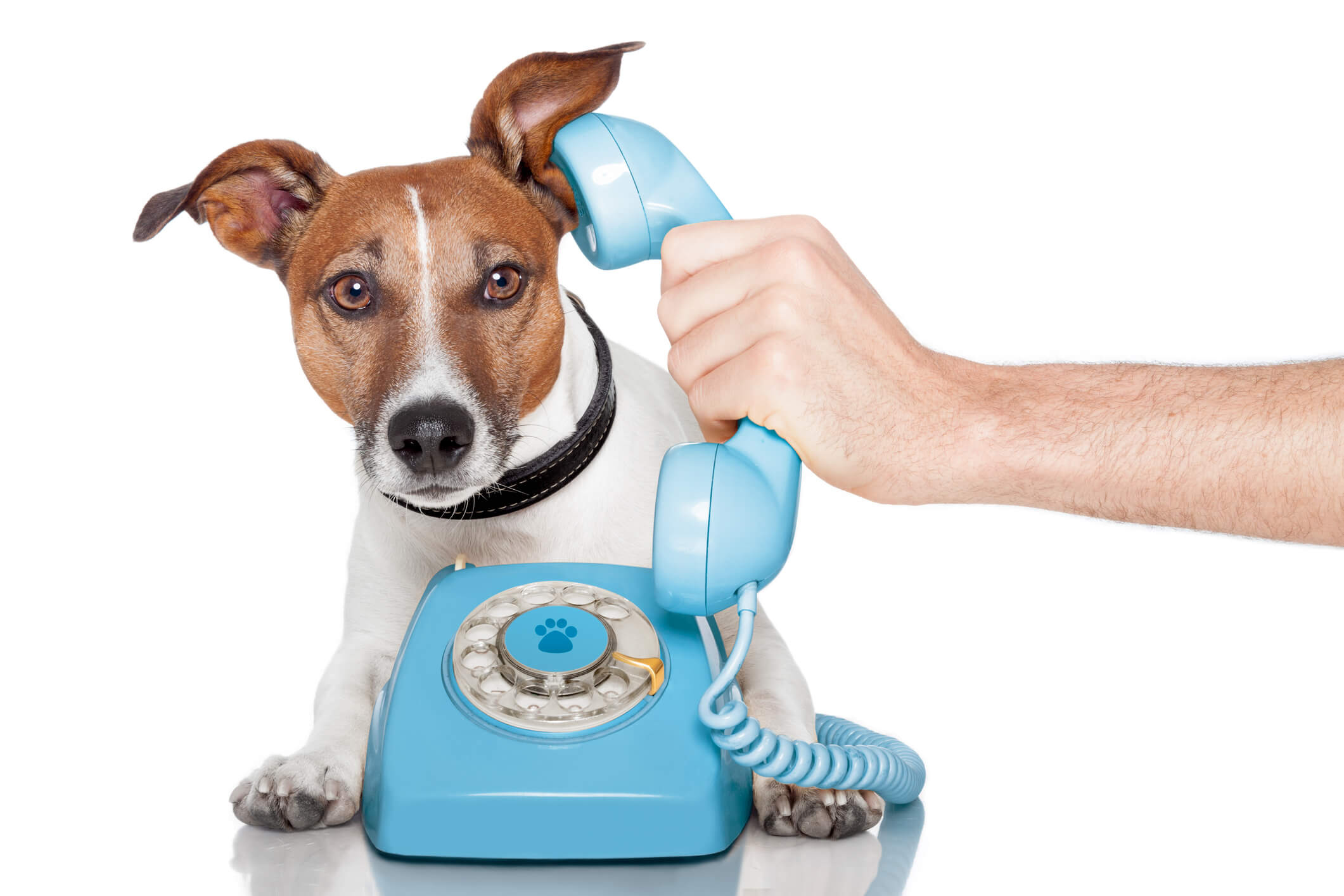
Does your shelter follow-up with families or individuals after a pet adoption? The ASPCA recommends following-up to head off any potential post-adoption issues. Most returns happen within the first two months of adoptions. The ASPCA recommends not only an initial follow-up, but a schedule of check-ins with adoptive families at two days, 10 days, and a month and a half after adoption.
The International Association of Animal Behavior Consultants (IAABC) conducted a study in which 56 shelters responded to questions about their follow-up procedures. Of those shelters, a little over half (59%) were conducting follow-ups with adoptive families. Most of the respondents said that volunteers were the largest group of people who conducted follow-ups in their organizations. Most of these shelters said that they follow-up just once anywhere from a week to a month after adoption.
Steps for a Successful Pet Adoption Follow-Up
1. Set a schedule for adoption follow-ups. Ideally, more than one follow-up would provide more resources to adopters. As mentioned previously, the ASPCA recommends following up at two-days, 10 days, and a month and a half. If this isn’t realistic for your shelter or rescue, that’s okay. Determine a follow-up timeline that works best for your organization.
2. Determine what kind of follow up you will do—or follow-up a couple of different ways. Most initial follow-ups will be done over the phone. This gives your staff or volunteers the opportunity to discuss any issues more thoroughly. However, you may also want to follow-up with an email or a survey. The organization Paws.org has created a wonderful survey for their adoptive families that is thorough and provides links to additional resources. We encourage you to check out their survey and see how you might be able to adapt something similar to your organization.
3. Be prepared for the conversation! If you are making phone follow-ups, be sure to provide a script with responses and resources to whoever is making the calls. This will help your pet adoption follow-up go more smoothly because it will make the caller more comfortable with the conversation, and will provide them with resources they might need. Be sure to include information about common issues adoptive families might be experiencing including separation anxiety, mounting, or other undesirable behaviors.
4. Have resources on hand. Whether it’s a veterinarian they can call or an animal trainer, or a list of great web resources—keep that information readily available.
Follow-up with adoptive families is important and can help pets settle into their new homes with fewer issues. Communicating with new adoptive families will help provide them with the resources they need to develop a healthy home environment and a successful placement.
